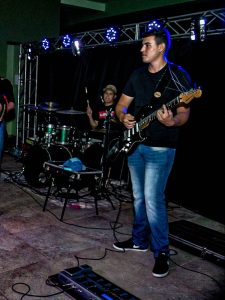Story By: Georgina Jadikovska, Sub-Editor: Marija Stojkoska, Agency: Newsflash
Two wooden ‘penis’ sculptures located at a distance of over 370 miles away from each other have emerged in Germany over the weekend with one a complete mystery and the second reportedly an asparagus sculpture according to its creator.
The first mysterious wooden ‘penis’ that popped up on a pathway near Lake Constance in Germany in mid-April and disappeared shortly after was the first to re-emerge again at the same place on Friday, 30th April.
Residents in the district of Taldorf in the city of Ravensburg in the state of Baden-Wurttemberg, famous for its jigsaw puzzle production, were surprised to see the 6.6-foot tall erection appear once again at the same place as last time overnight at the weekend.

The identity of the person who placed the two-metre-tall penis next to the path in Ravensburg remains unknown and according to Mayor Regine Rist it is a complete “mystery”.
A few days later after the reemergence of the Ravensburg monument, another one appeared in the German town of Torgau located on the banks of the river Elbe in the state of Saxony on Sunday, 2nd May.
However in comparison to the one in Ravensburg this one has a creator who insists there is no mystery, and that it is not anything phallic and in fact simply a tribute to a well-known vegetable.

Marcus Scholz, 33, creator of the two-metre-high pine sculpture claimed it is “asparagus”. which is rejected by the locals who insist it is a matter of perspective, and from their perspective it is clearly a penis.
The artist said: “The asparagus stands for determination and should encourage people to keep going in the Corona crisis.”
Torgau Mayor Romina Barth, 38, from the Christian Democratic Union of Germany (CDU) who visited the sculpture said through a smile: “The implementation of the asparagus is a courageous art project and leaves a lot of room for interpretation.”

The phallic monument in Torgau will remain at the market until Thursday, 6th May.
The first tall wooden penis sculpture appeared on a ridge on the 1,738-metre (5,702-foot) high Grunten Mountain in the Allgau mountain range in the German state of Bavaria at the end of 2020.
It was listed as a ‘cultural monument’ by Google Maps.



